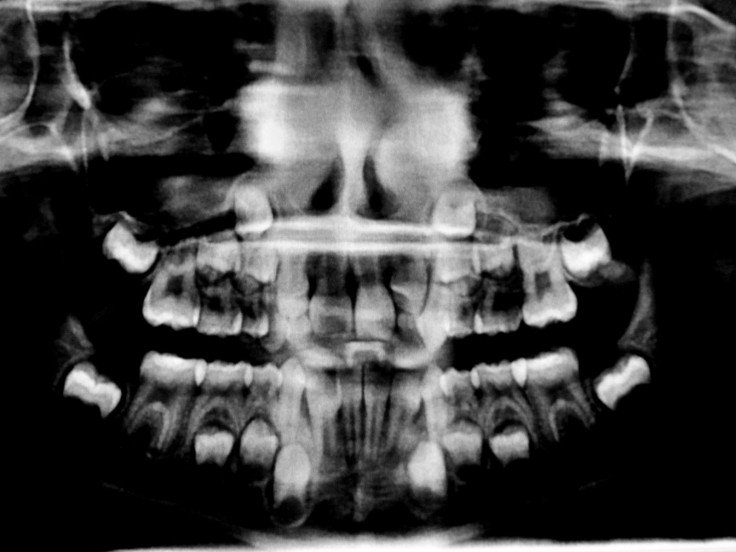Tooth Fairy May Work Overtime In The Future: Scientists Discover How To Regrow Adult Teeth

Colorful fish found in Africa may hold the secret to regrowing lost teeth. In a collaborative study between the Georgia Institute of Technology and King’s College London, researchers looked at the cichlid fishes of Lake Malawi in Africa, who lose teeth just to have a new one slide into place. Their study, published in the Proceedings of the National Academy of Sciences, identifies the genes responsible for growing new teeth and may lead to the secret to "tooth regeneration" in humans.
"The exciting aspect of this research for understanding human tooth development and regeneration is being able to identify genes and genetic pathways that naturally direct continuous tooth and taste bud development in fish, and study these in mammals," said the study’s co-author Paul Sharpe, a research professor from King's College, in a press release. "The more we understand the basic biology of natural processes, the more we can utilize this for developing the next generation of clinical therapeutics: in this case how to generate biological replacement teeth."
For the study, researchers examined how teeth and taste buds grew in cichlid fish embryos. Fish have no tongues, so their taste buds grow in the same epithelial tissues as their teeth. Epithelial tissue, one of the four basic types of animal tissue, lines the surfaces of blood vessels and organs throughout the body.
They studied two different cichlids species because one type needs very few teeth and taste buds to eat compared to the other, which must distinguish between the foods it eats by using its teeth and taste buds. Researchers crossed the two species to give birth to a second generation hybrid, allowing them to study more than 300 different genes at once. By watching the hybrid fish grow up while tracking their genome, the researchers were able to label which genes were responsible for the development of taste buds and which ones spurred the growth of teeth.
Next, the research teams studied mice to see if they could locate similar differences in the epithelial genes. The study’s co-author Todd Streelman, a professor in the Georgia Tech School of Biology, said in a press release, “We were able to demonstrate that a few poorly studied genes were also involved in the development of teeth and taste buds in mice. The potential applications to humans make this interesting to everybody who has dealt with dental issues at one time or another in their lives.”
Millions of people suffer from dental issues — nearly 60 percent of the world’s population loses all of their teeth by the time they reach their 60th birthday. In the U.S., meanwhile, cavities are one of the most common reasons for a visit to the dentist, and 91 percent of adults aged 20 to 64 had a cavity in 2012.
The researchers concluded their study by testing how two different chemical baths would affect cichlid fish embryos. One influenced a fish to develop dental structures, while the other was designed to turn on the pathway for sensory structures (tastebuds). As expected, fish bathed in the sensory-boosting chemicals ended up with more taste buds in place of teeth, while those bathed in the dental structure-boosting chemicals ended up with more back-up teeth. It took just five or six days for the fish eggs to develop either of these.
"There appear to be developmental switches that will shift the fate of the common epithelial cells to either dental or sensory structures," Streelman said. "It's not until later in the development of a tooth that it forms enamel and dentine. At the earliest stages of development, these structures are really very similar."
Source: Streelman T, Bloomquist RF, and Sharpe P, et al. Coevolutionary patterning of teeth and taste buds. Proceedings of the National Academy of Sciences. 2015.



























